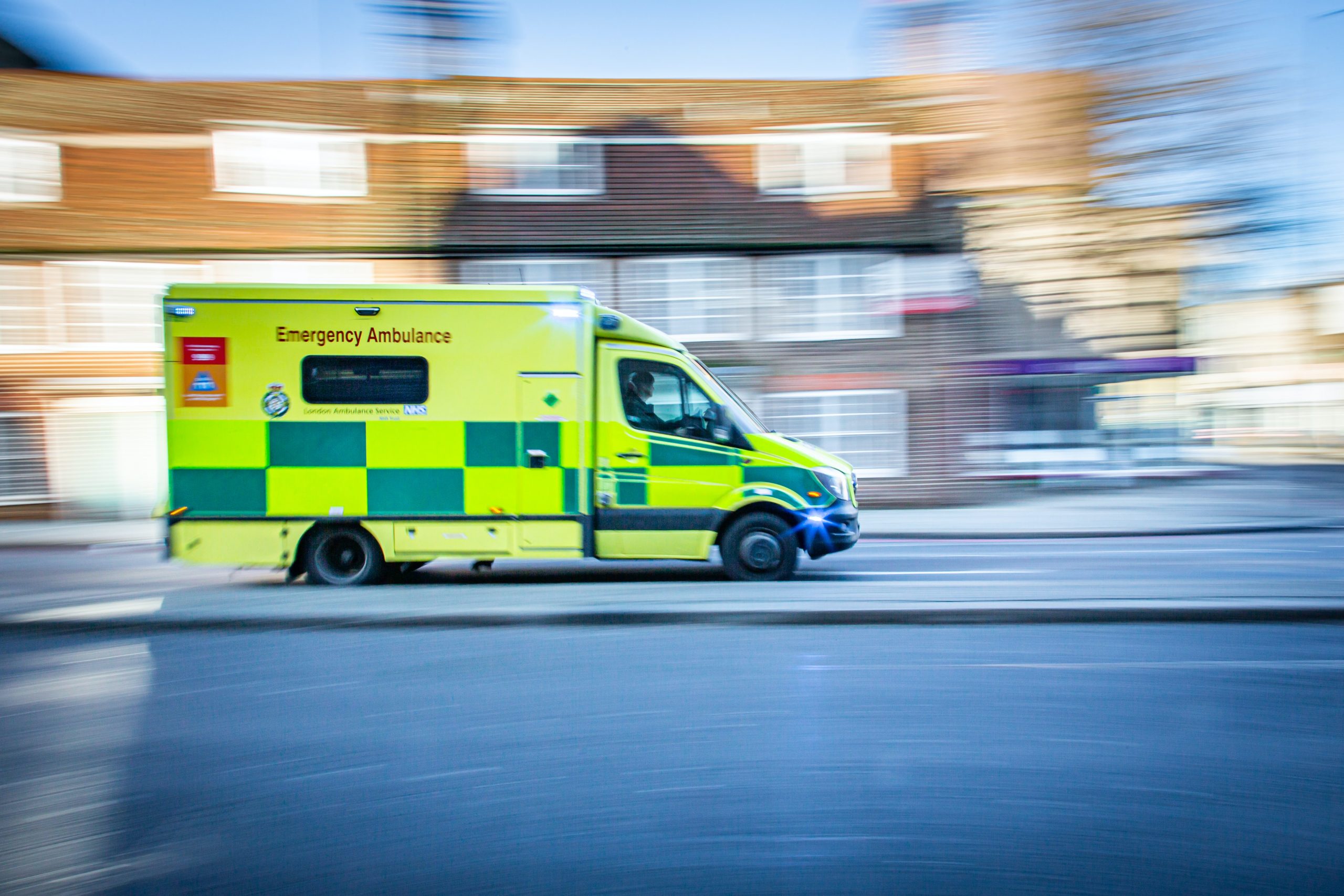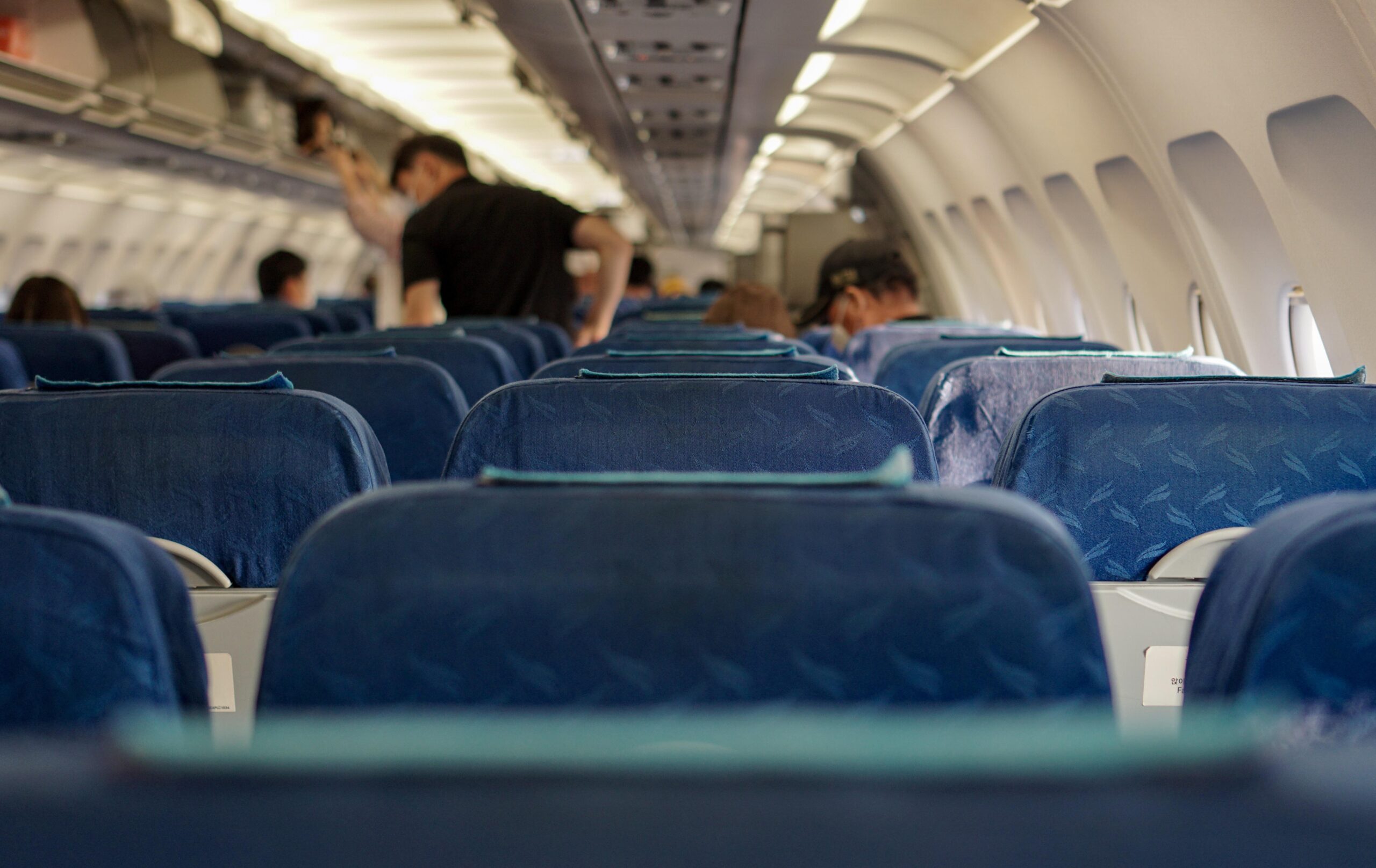Department signs deal for dual purpose devices, having originally gone to market in 2021 seeking handsets purely for use on new network – the delivery of which has been delayed again
The Department of Health and Social Care has spent almost £40m to support the design and delivery ambulance communications devices that will work across both the Airwave and Emergency Services Network platforms.
The department first went to market in 2021, with a £100m requirement that made reference only to ESN – which, at the time, was due to have been fully delivered by the end of 2025. This date, which was already six years behind schedule, has since been pushed back further still, with delivery now set to conclude around 2029.
This means that the emergency services’ incumbent Airwave communications network will now remain operational for many years longer than planned. Three years on from its initial tender for handheld radio units to be used in ambulances, the DHSC has finally awarded a deal – with clear specifications that devices must be designed to work on both Airwave and ESN.
Newly published commercial documents reveal that, on 11 April, the department entered into a five-year contract with Sepura – a specialist provider of emergency-services radio kit. The deal is valued at £31.9m, plus VAT – equating to a total of £38.3m.
Over the course of the agreement, the supplier will provide an overarching design and then, once this is approved, deliver handsets that, according to specifications set out in the contract “from the go-live date… [must] be capable of voice and data operation with the Airwave network alongside LTE operation on the UK 4G and 5G public mobile network”.
The devices must also be ready for “ESN upgrade” upon the department’s request.
Related content
- Home Office preps new ESN business case this year with updated timeline and spending
- HMRC extends Airwave device deal for criminal investigation units until 2027 to cover ESN delays
- Emergency Services Network: Home Office claims majority of technical groundwork ‘to start mass transition’ has been done
The contract reveals that Sepura will deliver a total of 15,000 devices incrementally through the first two years of the engagement. These will be provided, in varying quantities, to the 11 hospital trusts in England, as well as 500 deployed for national entities.
“The supplier may also be required to provide… services to the Welsh Ambulance Service NHS Trust and/or the Scottish Ambulance Service as a future project,” the document adds.
The design provided by the supplier must include “physical attributes, functional capabilities, hardware and software specifications, standards, and any options or range of variations applicable, including accessories”, the contract adds.
The document reveals a range of necessary features and standards the devices must meet, including screens that are “scratch- and shatter-resistant to at least the quality of Gorilla Glass 5 performance or equivalent” as well as being “large enough to render the ESN Voice Application and the NMA” – referring to the National Mobilisation Application, which was deployed last year using mapping systems to support the dispatch of ambulances.
“The ESN handheld device display screen shall be readable in lighting conditions ranging from direct bright sunlight to complete darkness and shall be able to adjust the screen brightness automatically to suit ambient conditions and conserve battery life,” the specifications add.
The screens should also be operable in wet conditions and by those wearing clinical gloves, and the handsets should remain “fully functional in prolonged use through an ambient temperature range of −10 to +55 degrees celsius with a 95% humidity”, the DHSC requests.




